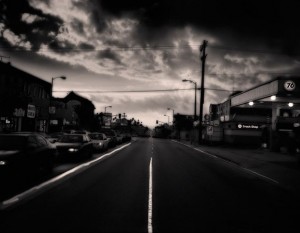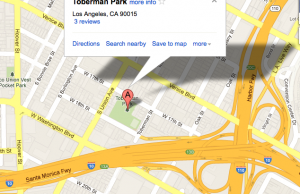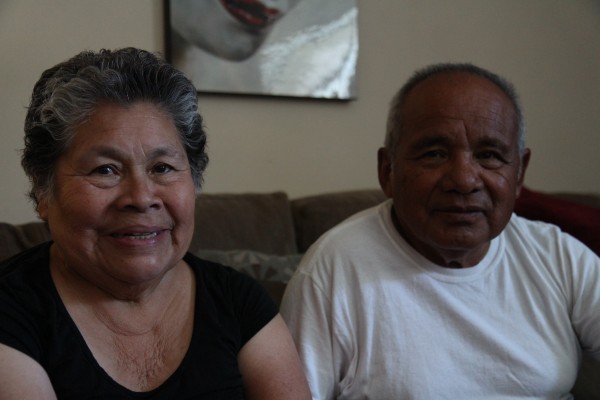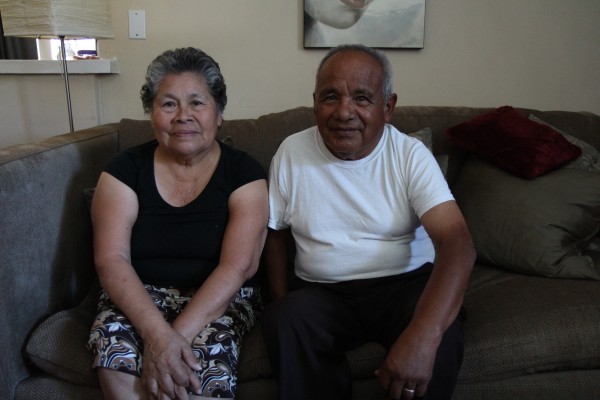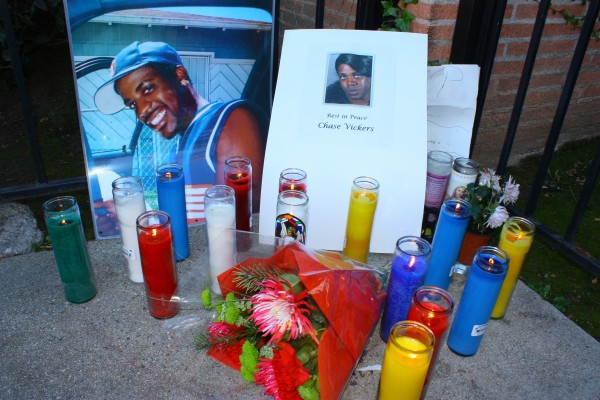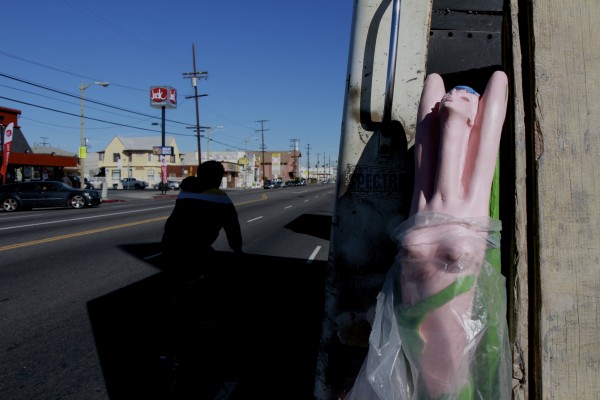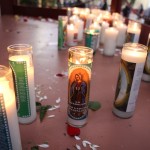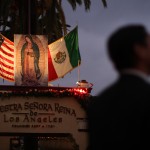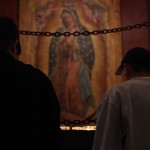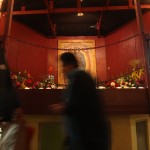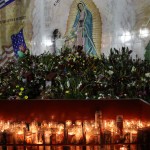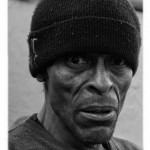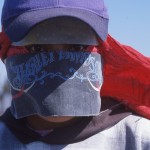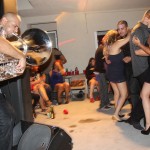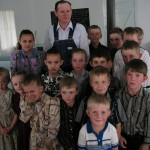I’ve long thought that in Southern California, the best stories come from the small suburbs — particularly those just to  the southeast of Los Angeles, which have become a vast Mexican-immigrant suburbia.
the southeast of Los Angeles, which have become a vast Mexican-immigrant suburbia.
Their names belie a wild and wholly politics: Maywood, Huntington Park, South Gate, Bell, Bell Gardens, Hawaiian Gardens.
These towns are unprecedented in American immigration history. Other immigrant groups advanced politically and economically into America at the same time, and almost always in big cities, where their numbers were large but not dominant: New York, Chicago, Boston, Miami and others.
Mexicans long ago put down economic roots here in Southern California, usually when most were living in Los Angeles. But politically they are neophytes. However, they now live in these small suburbs I mentioned above, where they make up the vast majority of the population. (More on why that is later….) I don’t believe this is true of any other major immigrant group in American history.
But this is why these towns have produced such astonishing and bizarre stories of municipal governance.
As it happens, Compton (pop. 97,000) is one of them and varies from the others only in the fact that the population being slowly displaced is black and not white.
Former mayor Omar Bradley, under whose administration the $4999 city expense check was notoriously invented (look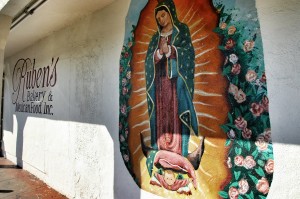 that one up), is running against a young woman, Aja Jones, with serious municipal credentials but not the emotional connection to black voters. So somehow Omar Bradley is again a political force in Compton.
that one up), is running against a young woman, Aja Jones, with serious municipal credentials but not the emotional connection to black voters. So somehow Omar Bradley is again a political force in Compton.
Almost always, the reason these towns turn out such remarkable stories has to do with Mexican immigration.
In this case, Compton, the town where gangsta rap was born, is now 70 percent Hispanic, but both mayor candidates are black.
That’s because Mexican immigrants cannot, or choose not to, vote. So a very small percentage of the population has any say over who runs the town. Were there more Mexican immigrant civic participation, these two candidates likely wouldn’t even be in the running.
Very similar to what the other towns went through in the 1990s, which were once white but then transformed into almost entirely Mexican-immigrant suburbs.
But more on that in other posts….









